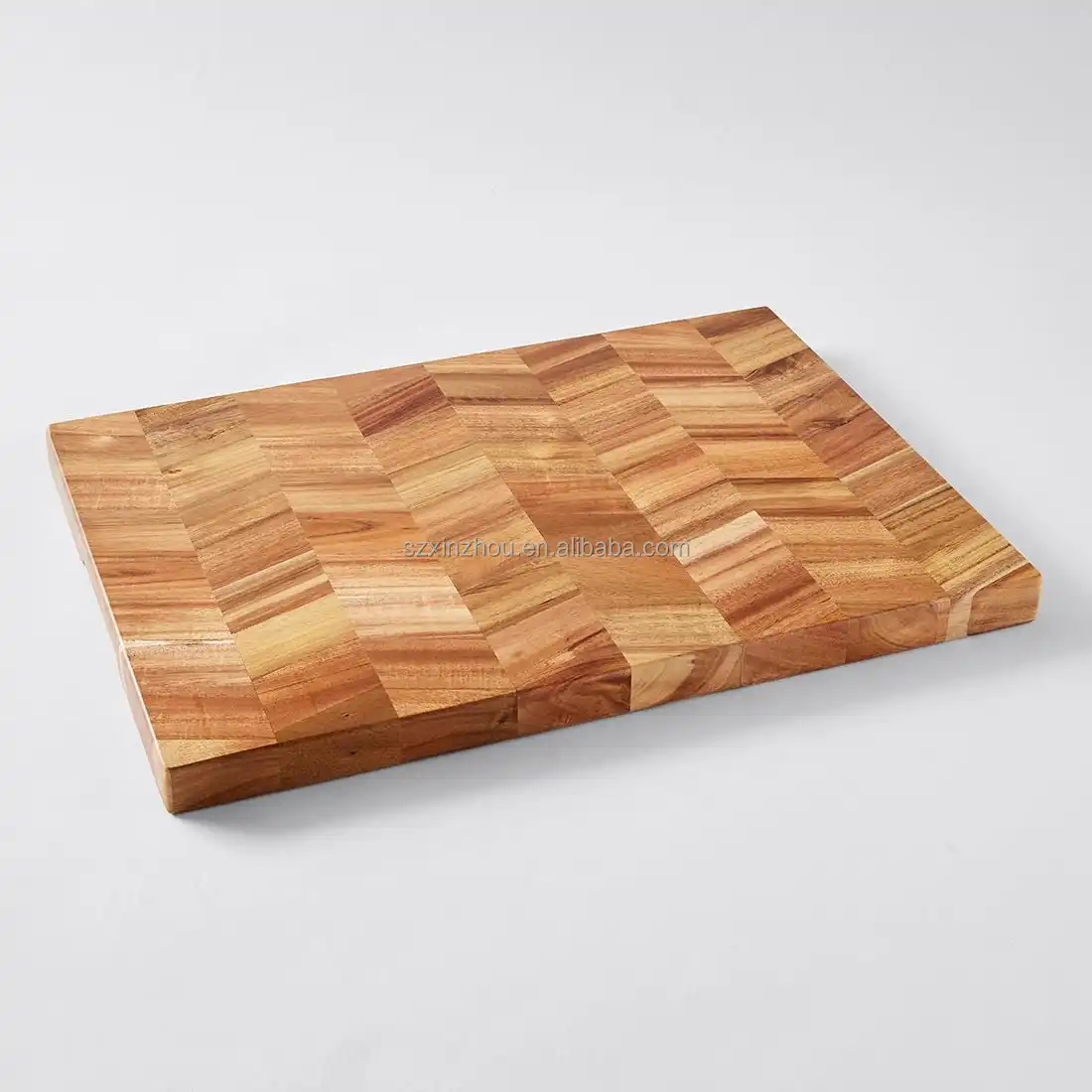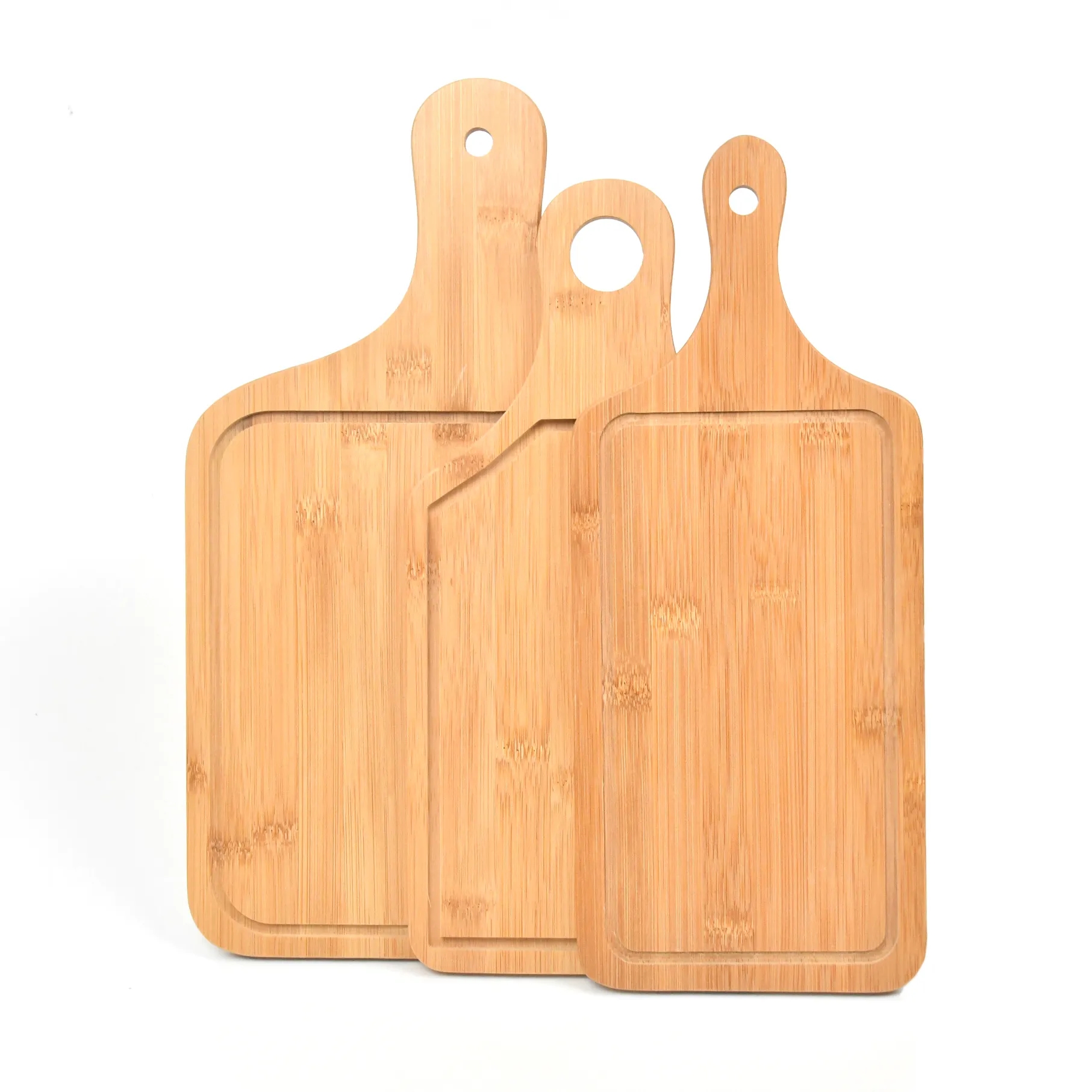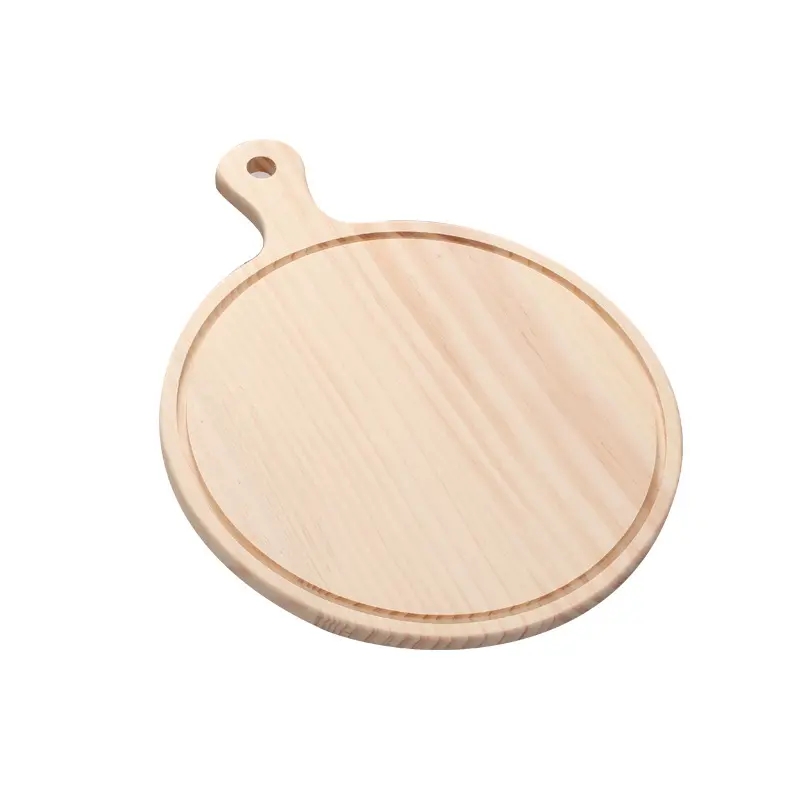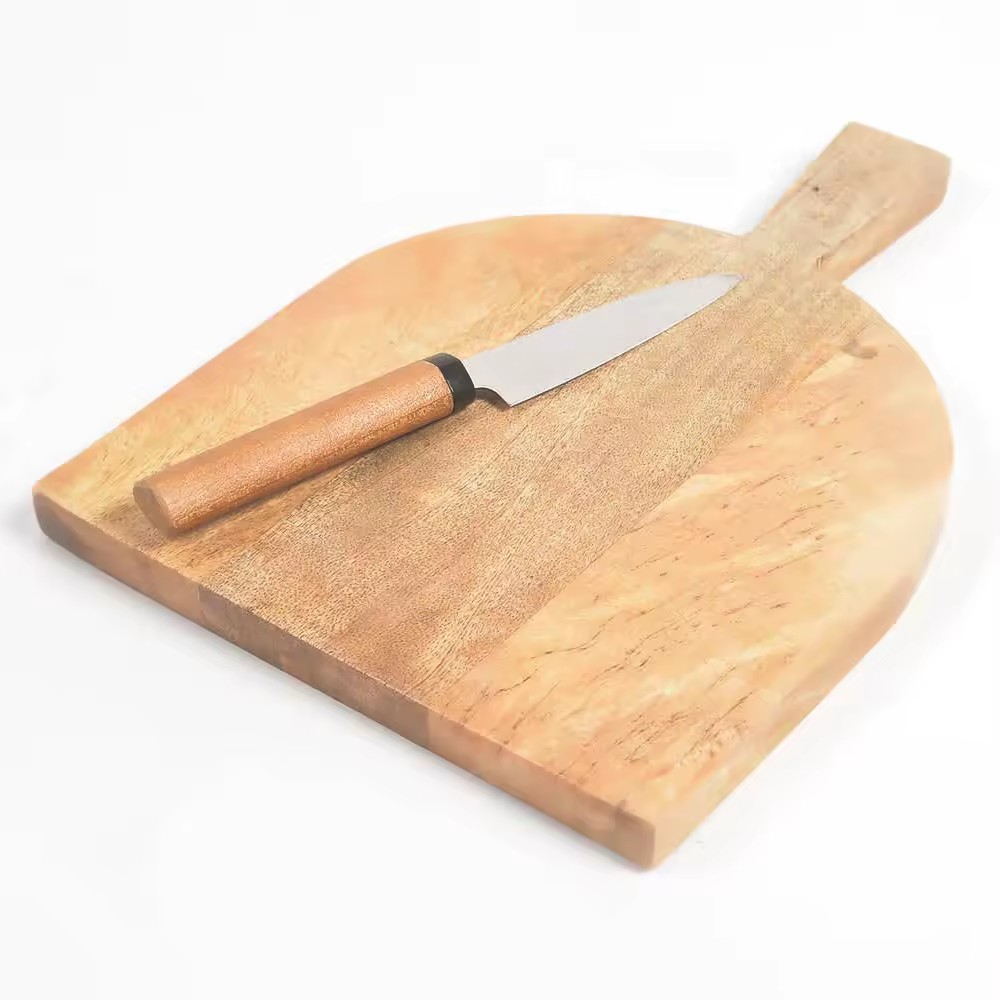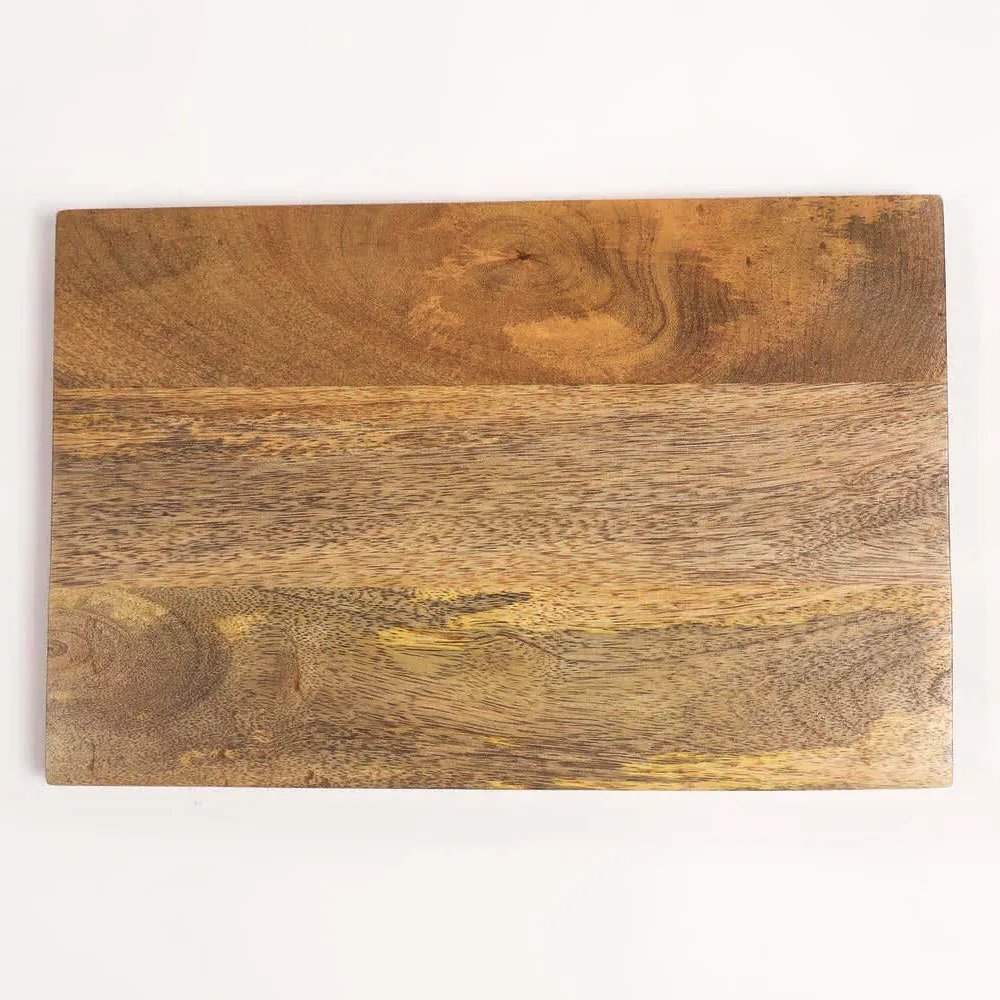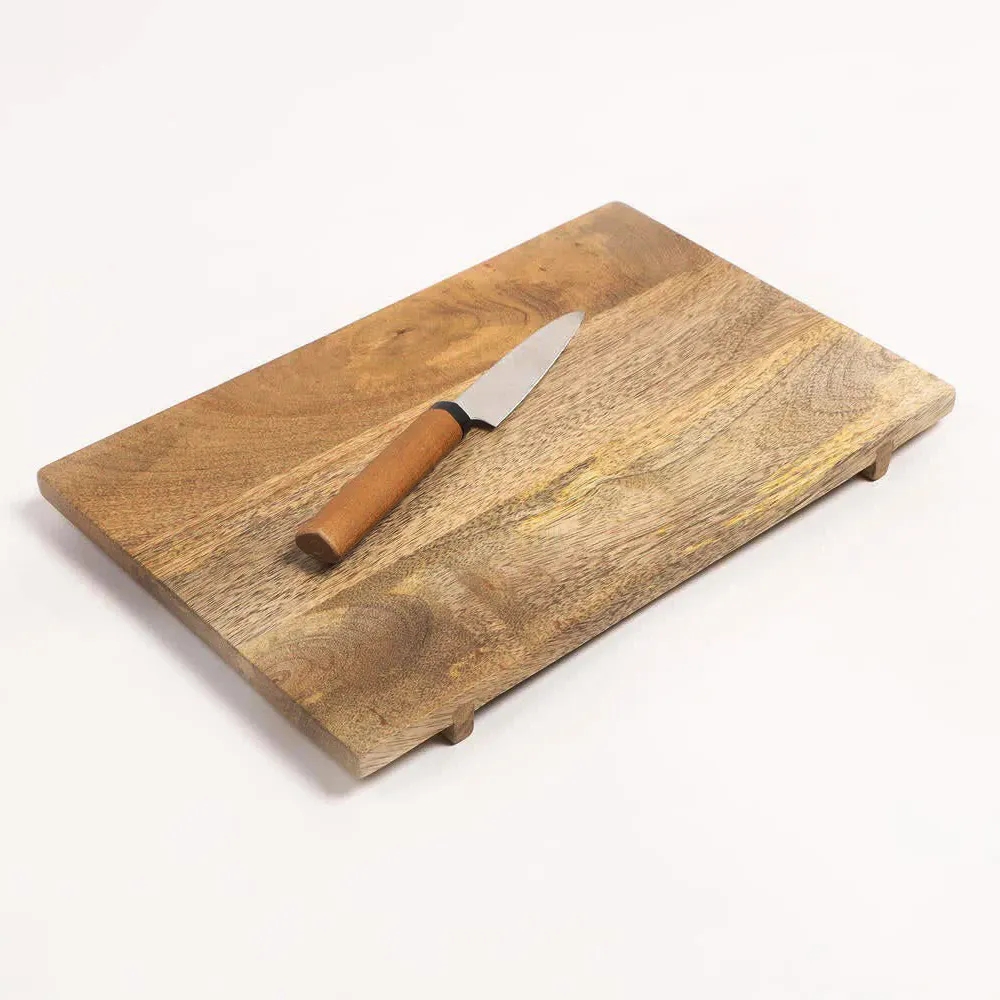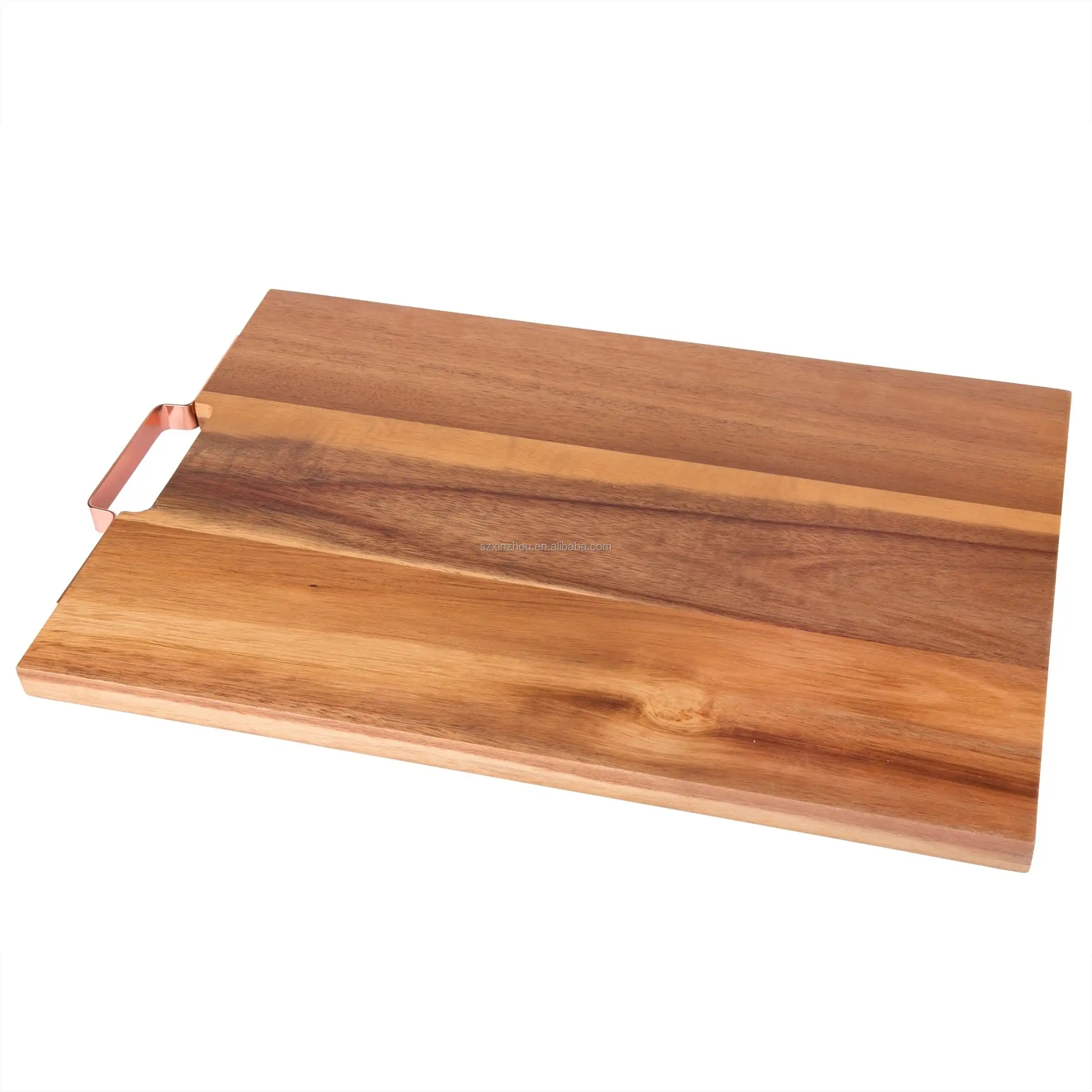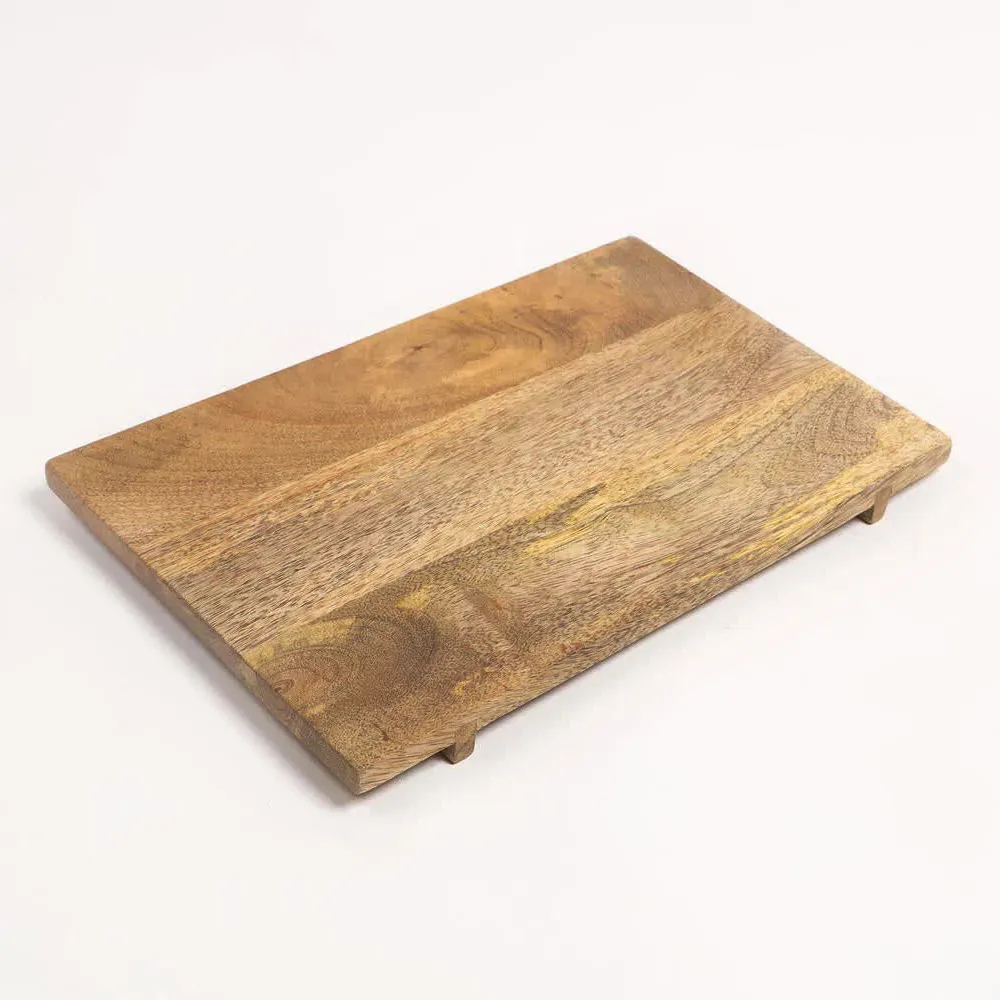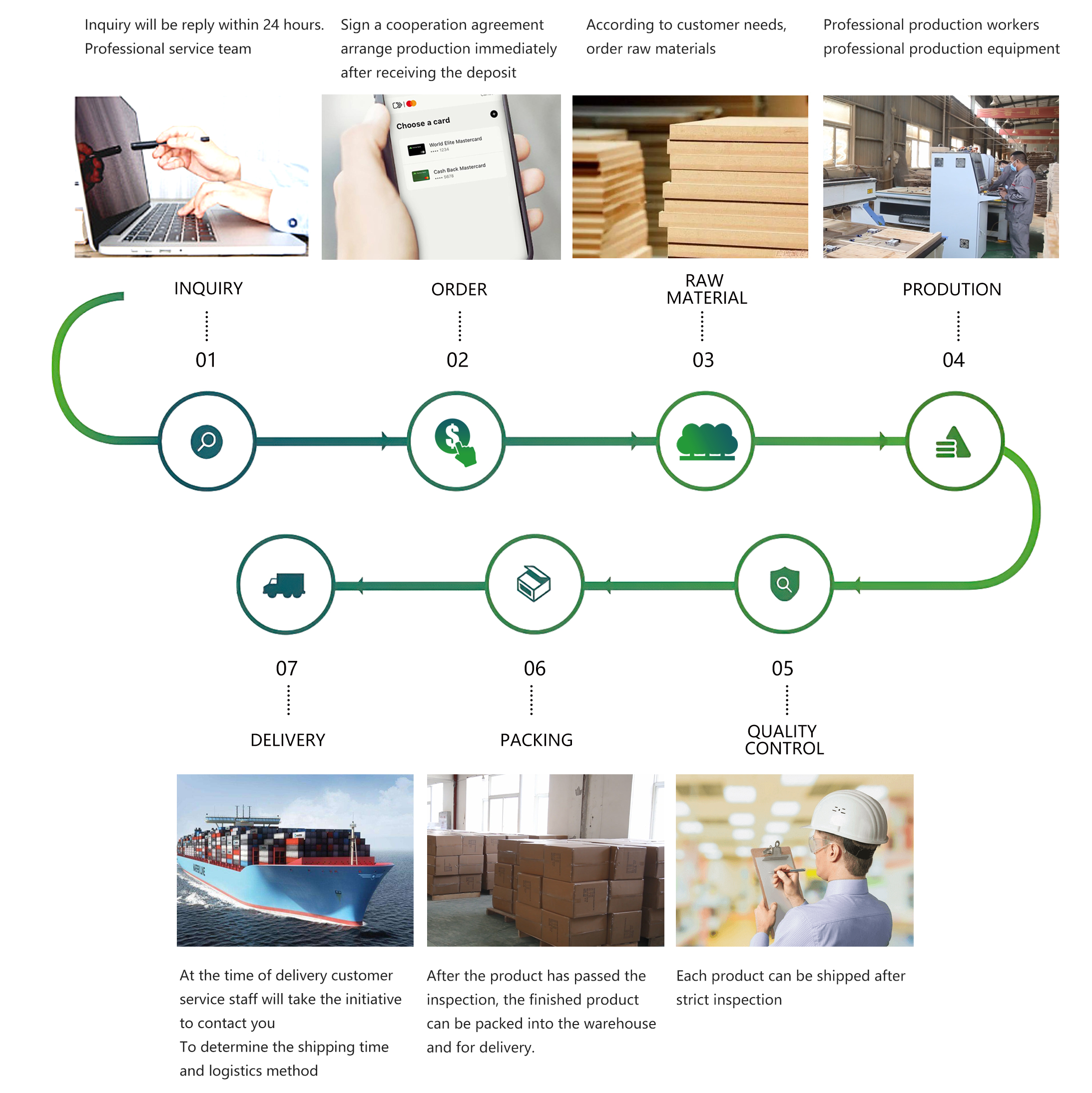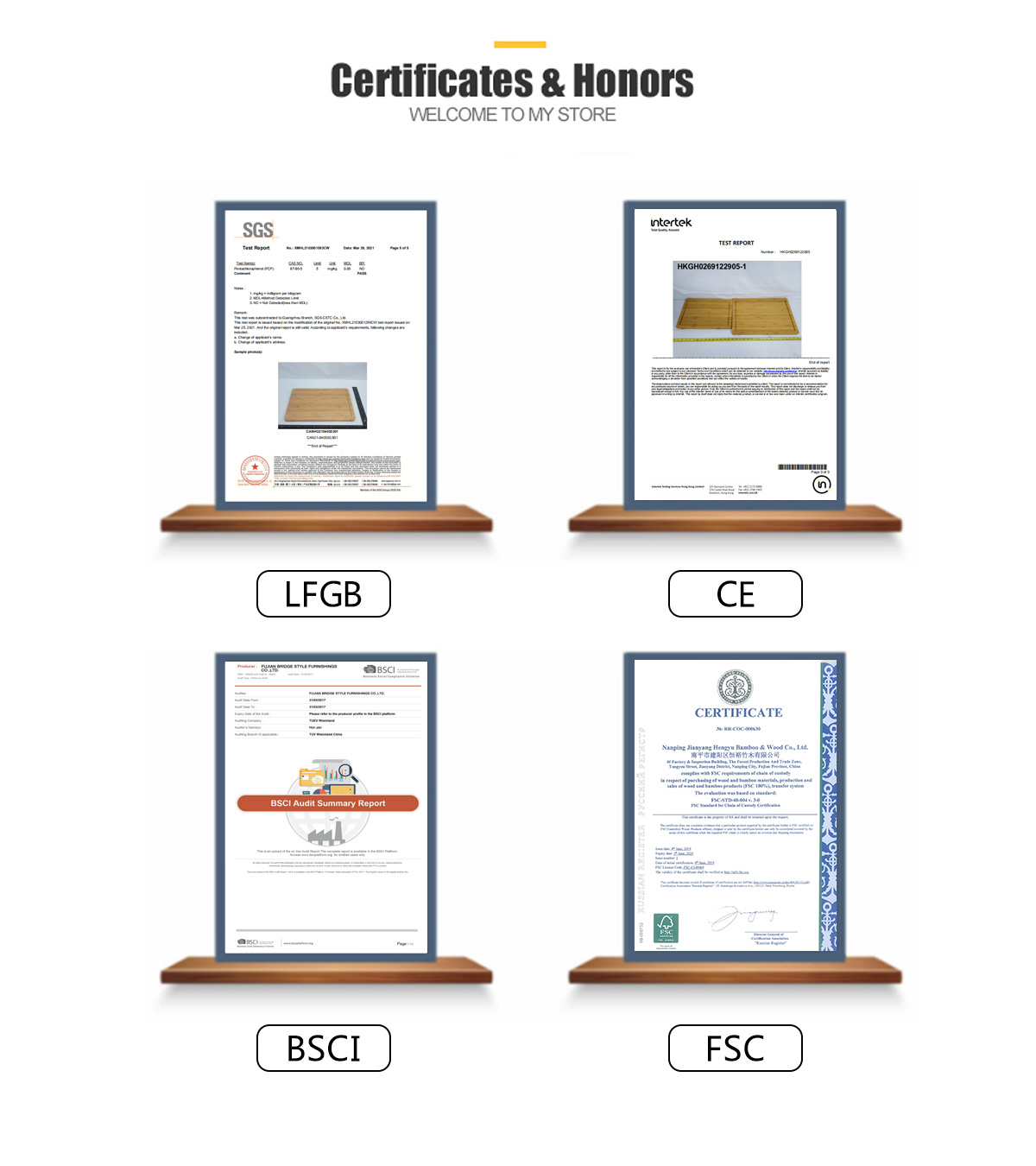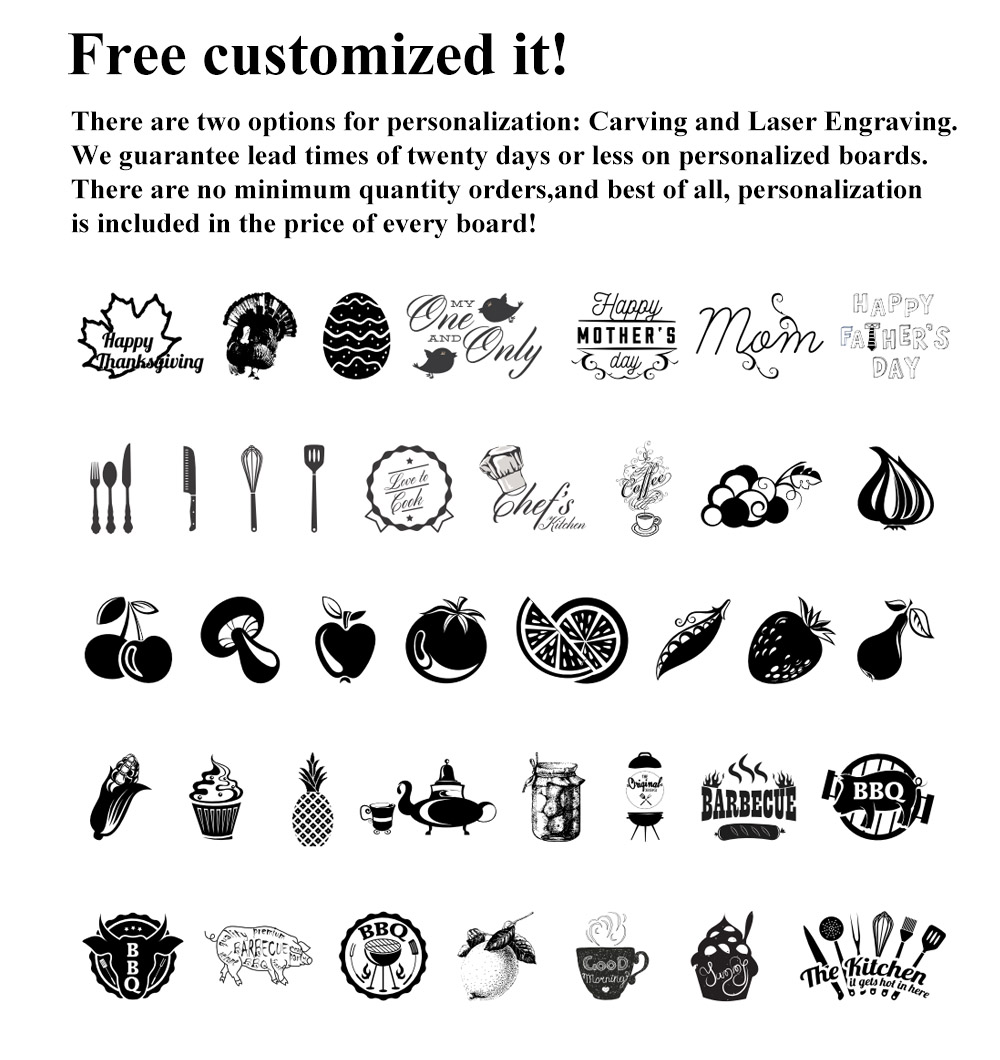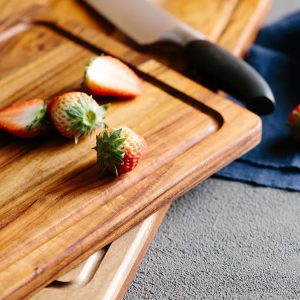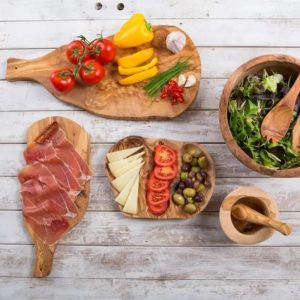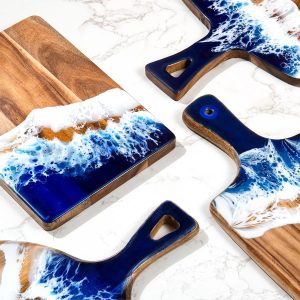It seems there might be a slight confusion in your question, as the term “picking board” is not standard kitchen terminology. If you meant “cutting board” or have a specific context in mind, please provide clarification. In the absence of a specific term, I’ll discuss the advantages of a wood cutting board, which is commonly used in kitchens:
- Knife-Friendly Surface: Wood is softer than materials like glass or hard plastics, providing a more forgiving surface for your knives. Using a wood cutting board helps preserve the sharpness of your knives.
- Natural Antimicrobial Properties: Certain types of wood, such as maple and bamboo, have natural antimicrobial properties. This means that the wood can inhibit the growth of bacteria, potentially making it a more hygienic choice compared to some other materials.
- Aesthetic Appeal: Wooden cutting boards often have an appealing and warm aesthetic. They can add a touch of natural beauty to your kitchen and can also serve as attractive serving platters for various foods.
- Durability and Longevity: High-quality wooden cutting boards, when properly cared for, can be durable and long-lasting. Regular oiling and maintenance help prevent the wood from drying out, cracking, or warping.
- Less Impact on Knife Blades: Chopping on a wooden surface is less likely to dull your knives quickly compared to harder materials like glass or some plastics.
- Less Noisy: Wooden cutting boards tend to be quieter than harder surfaces when chopping or cutting, which can be beneficial in a home environment.
- Renewable and Sustainable: Many wood sources for cutting boards, such as bamboo or certain hardwoods, are renewable and sustainable, making them more environmentally friendly choices.
Remember to clean and maintain wooden cutting boards properly to ensure their longevity and hygiene. It’s essential to wash them with mild soap and warm water, dry them promptly, and periodically treat them with food-grade mineral oil or beeswax to keep the wood conditioned.

